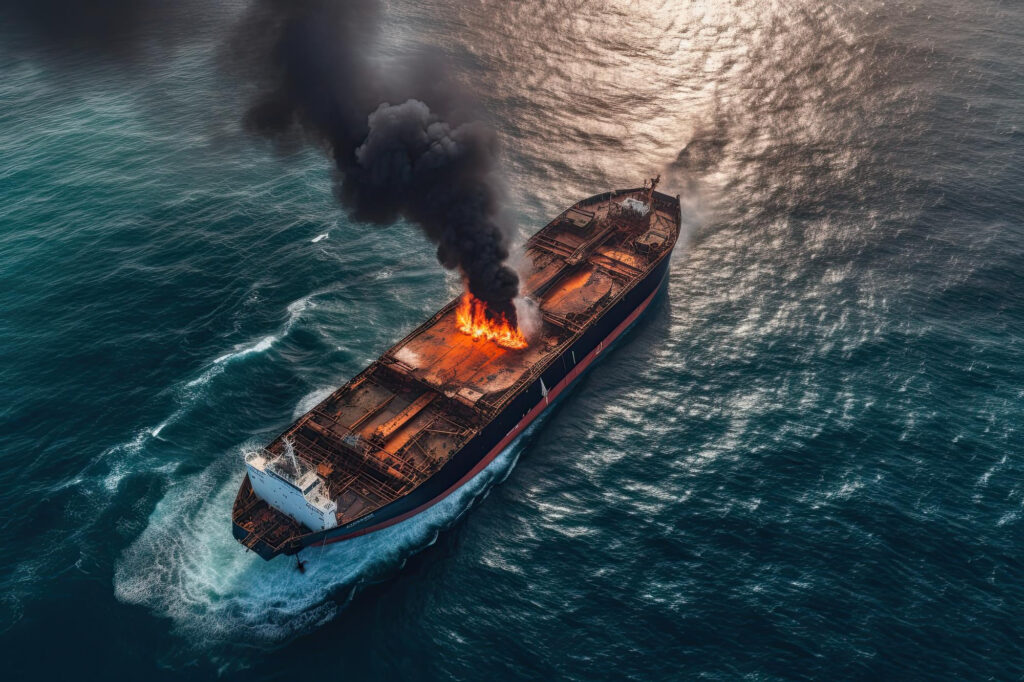
Ships travelling via the Suez Canal between Europe and Asia have to cross the Bab el-Mandeb Strait, which links the Red Sea and the Gulf of Aden. In the first half of 2023, the Bab el-Mandeb Strait accounted for 12% of the seaborne oil trade and 8% of the trade in liquefied natural gas (LNG), making it a significant chokepoint for both natural gas and oil. Equinor, which mostly operates natural gas carriers, and BP, which operates both oil and natural gas carriers, are two significant oil and natural gas firms that are avoiding the Red Sea. As of January 23, 2024, Euronav, QatarEnergy, Torm, Shell, and Reliance are among the other significant energy corporations that have suspended their Red Sea transits.
The Cape of Good Hope is one way for ships to circumnavigate southern Africa if they choose not to transit through the Suez Canal via the Bab el-Mandeb Strait and Red Sea. However, the duration of the voyage may increase significantly based on the ship’s origin and destination. It usually takes 19 days to travel across the Suez Canal from the Persian Gulf to the petroleum trading hub of Amsterdam, Rotterdam, and Antwerp (ARA). Reaching the ARA takes over thirty-five days if the ship sails the Cape of Good Hope route. Products usually travel through the Panama Canal, a roughly month-long journey, on their way from the U.S. Gulf Coast to Asia.
Due to lower ship availability and higher fuel costs, longer routes push up freight rates. For instance, if high-sulfur bunker fuel is used, a VLGC will need between $30,000 and $35,000 of fuel per day at average 2023 pricing. A longer voyage necessitates more ships to keep the same delivery schedule, which raises fuel costs. Conversely, fewer ships available result in higher tanker rates and costs.
